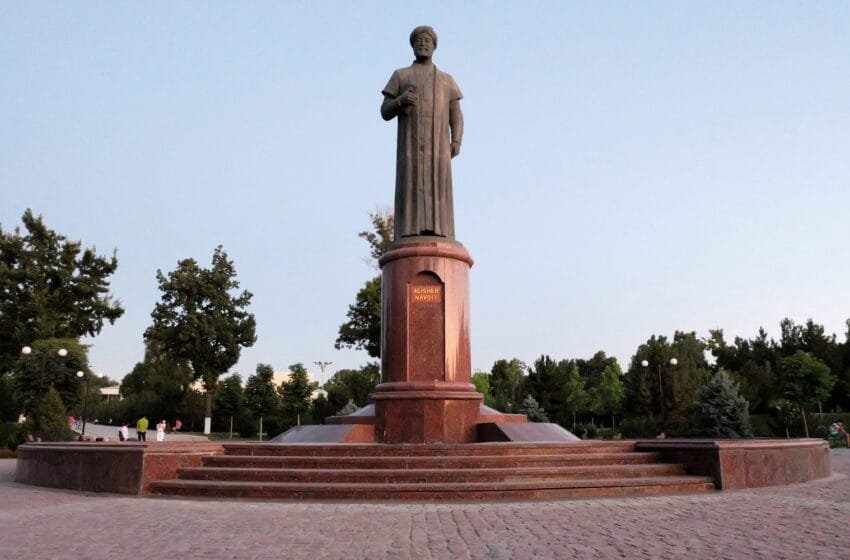International Museum of Peace and Solidarity: Showcasing Over 20,000 Artifacts from 120 Countries

“International Museum of Peace and Solidarity: Showcasing Over 20,000 Artifacts from 120 Countries”
The International Museum of Peace and Solidarity (Uzbek: Samarqand xalqaro tinchlik va birdamlik muzeyi) is a unique institution located in the city of Samarkand, Uzbekistan. It is the only museum of its kind not only in Uzbekistan but across the entire post-Soviet region. Globally, there are only 46 such museums dedicated to the ideals of peace and unity. The museum was inaugurated in December 1986 during the International Year of Peace, reflecting its mission to foster global cooperation, solidarity, and harmony among nations.
Location and Setting
The museum is situated in the central part of Samarkand on Abdurahman Jami Street, within the Central Park of Recreation named after Alisher Navoi. The tranquil surroundings of the park complement the museum’s theme of peace and provide visitors with a reflective atmosphere to explore its exhibits.
Collections and Exhibits
The museum houses an impressive collection of over 20,000 artifacts representing more than 100 countries. Its diverse exhibits span personal letters, photographs, and works from prominent figures who have contributed to the cause of peace and global solidarity. The collection includes notable items such as:
- Autographs and Messages:
- A collection of autographs from 142 Nobel Peace Prize laureates.
- Handwritten notes, letters, and dedications from political leaders, activists, writers, and cultural figures advocating for international unity.
- Historical Artifacts:
- A fragment of burnt roof tiles from Nagasaki, retrieved after the atomic bombing in 1945.
- Capsules of soil from historically significant sites, including:
- The Auschwitz concentration camp, a grim reminder of the Holocaust.
- The Battle of Stalingrad, symbolizing the resilience and sacrifices of World War II.
- Pieces of the Berlin Wall, symbolizing the end of the Cold War and the reunification of Germany.
- War and Conflict Memorabilia:
- Remnants of bombs and fragments from conflict zones, representing the human cost of war.
- Artifacts linked to significant global and regional armed conflicts, serving as stark reminders of the destructive consequences of violence and the urgent need for peace.
Mission and Purpose
The museum aims to inspire visitors to reflect on the values of peace and solidarity. It emphasizes the importance of dialogue, understanding, and cooperation in building a more harmonious world. Through its exhibits, the museum seeks to remind humanity of the consequences of division and conflict while celebrating efforts to promote unity and understanding across borders.
Educational and Cultural Significance
The museum plays a vital role in educating the public about the historical and ongoing efforts to achieve peace. It frequently organizes cultural events, exhibitions, and lectures that promote discussions on global harmony. Visitors, including students, researchers, and tourists, are offered a rare opportunity to engage with artifacts that embody humanity’s collective struggle for peace.
A Global Appeal
With contributions from over 100 countries, the International Museum of Peace and Solidarity stands as a testament to the universal aspiration for a world free of conflict. Its diverse collection serves as both a warning and a call to action, urging future generations to prioritize unity over division and peace over violence.
Visitor Experience
Visitors are encouraged to explore the exhibits at their own pace, with guided tours available to provide deeper insights into the stories behind the artifacts. The museum’s serene location within a central park enhances its contemplative atmosphere, making it a meaningful and memorable stop for anyone visiting Samarkand.
The International Museum of Peace and Solidarity is more than just a repository of artifacts—it is a beacon of hope and a powerful reminder of the enduring human desire for peace. Whether you are a historian, an advocate for global harmony, or a curious traveler, the museum offers a profound and enriching experience that leaves a lasting impact.




